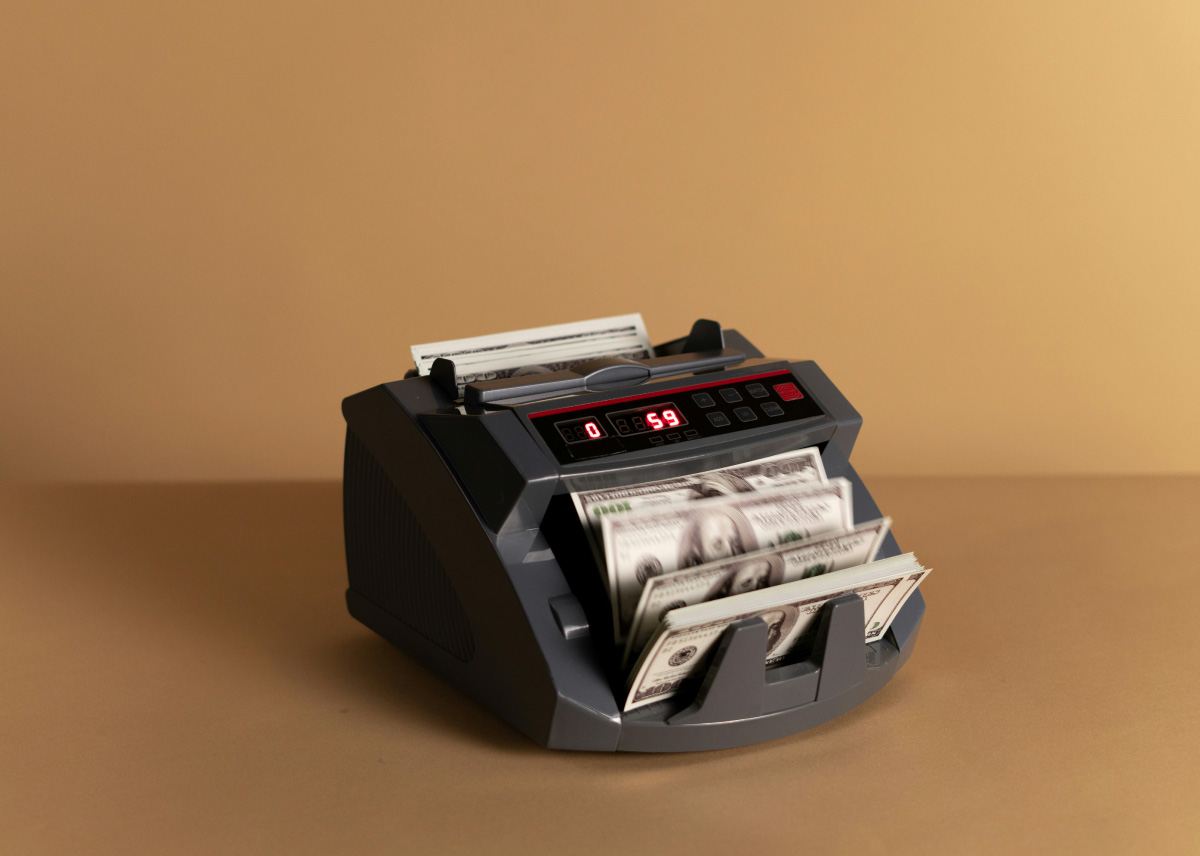
Despite rising global interest rates since the pandemic, the lion's share of outstanding bonds still deliver meager inflation-adjusted returns.
According to data from Apollo, almost 90% of fixed income, including government, municipal, and corporate bonds, trade with yields below 5%. Roughly 61% pay less than 4%, and 35% are below 3%.
While a 5% yield may seem decent at first glance, real returns tell a different story.
After accounting for inflation — running near 3% in the United States by both the Consumer Price Index (CPI) and the Federal Reserve’s preferred core PCE measure — investors are earning significantly less in real terms.
“With inflation at 3%, the real return for investors in public fixed income is a meager 2% or less,” wrote Apollo chief economist Torsten Slok.
The persistence of low yields reflects years of central bank intervention, strong demand for safe assets, and muted long-term inflation expectations.
At first glance, the dynamic may appear contradictory, but it reflects a matter of timing.
Current inflation erodes today’s purchasing power, keeping real yields weak, while expectations of lower future inflation limit how much additional return investors demand.
Fiscal policy adds new risks for bond investors
Analysts at Charles Schwab say the rest of 2025 won’t get any easier for bond investors, as markets wrestle with shifting trade policies, rising U.S. debt, and uneven economic growth.
Schwab also warned that U.S. fiscal policy could play a bigger role in shaping Treasury markets.
Historically, there’s been little correlation between debt levels and Treasury yields because the U.S. can always service its obligations by issuing more currency.
But the rapid pace of new issuance could still push long-term yields higher, noted Kathy Jones, Schwab’s chief fixed income strategist.
That helps explain why the term premium, extra yield investors demand for holding long-term bonds over short-term ones, has been creeping higher this past year.
“In general, the term premium reflects how uncertain markets are about the future direction of policy,” Jones said.
According to Janus Henderson Investors, central banks have struggled to control the long end of the yield curve, partly due to a “buyer’s strike” among big institutional investors.
InvestorsObserver reported on this trend earlier this year, as so-called bond vigilantes ramped up pressure on Washington over concerns about fiscal discipline.
Your email address will not be published. Required fields are markedmarked